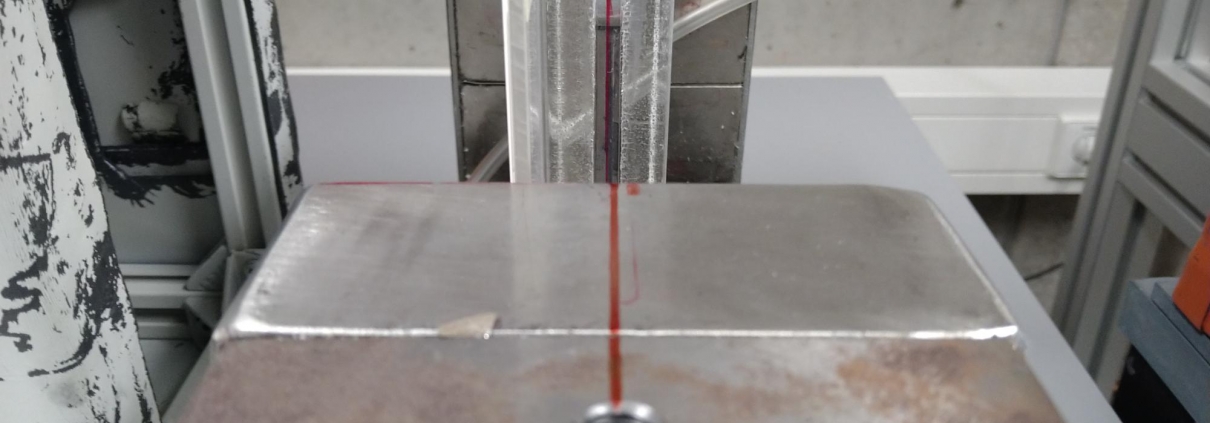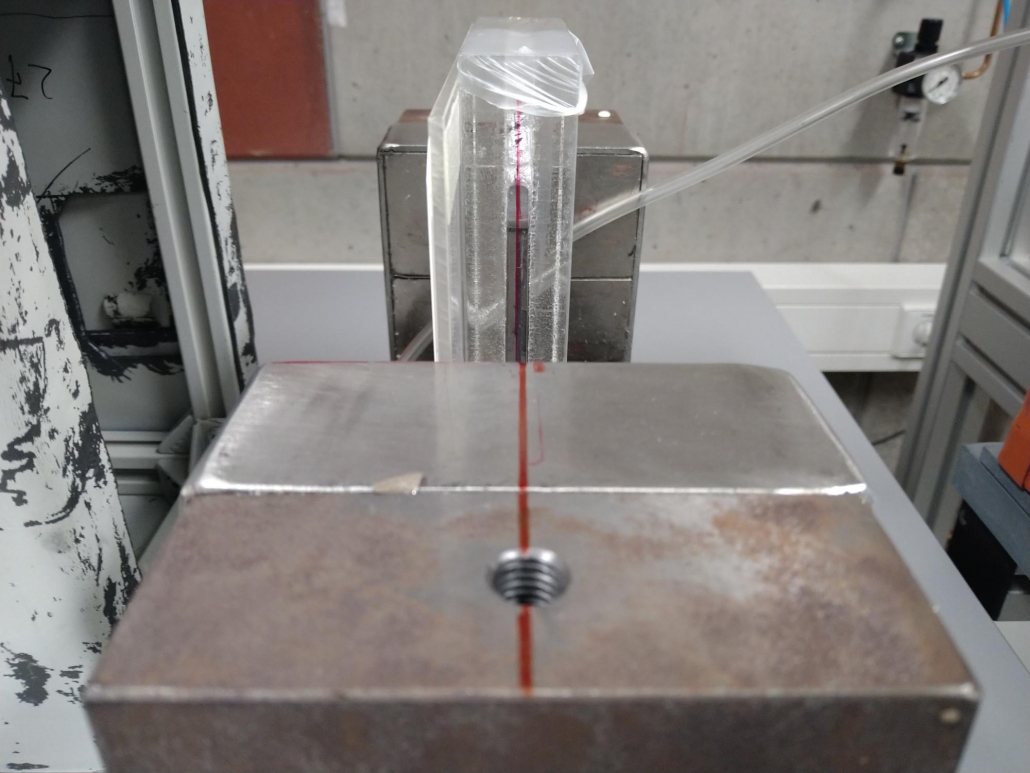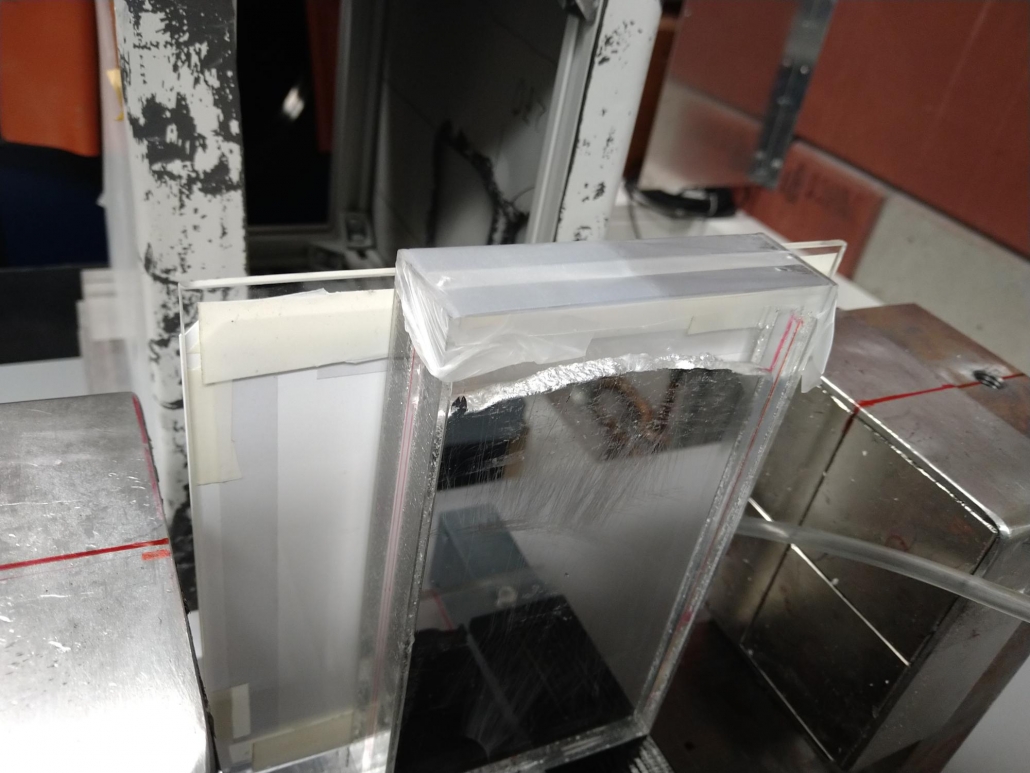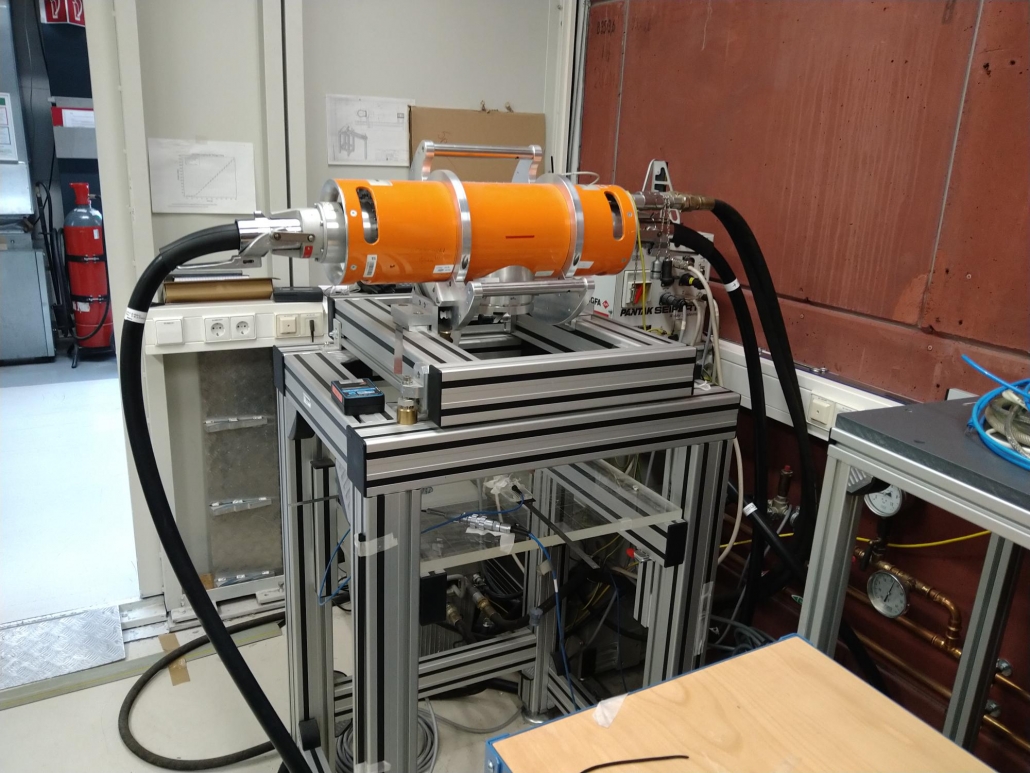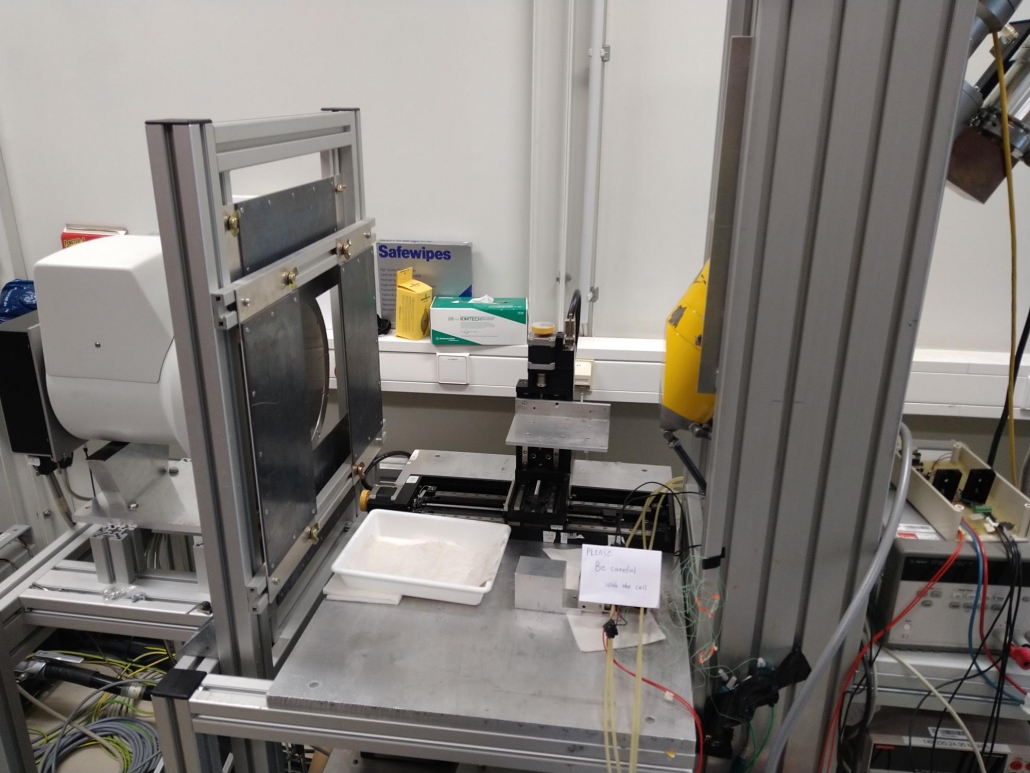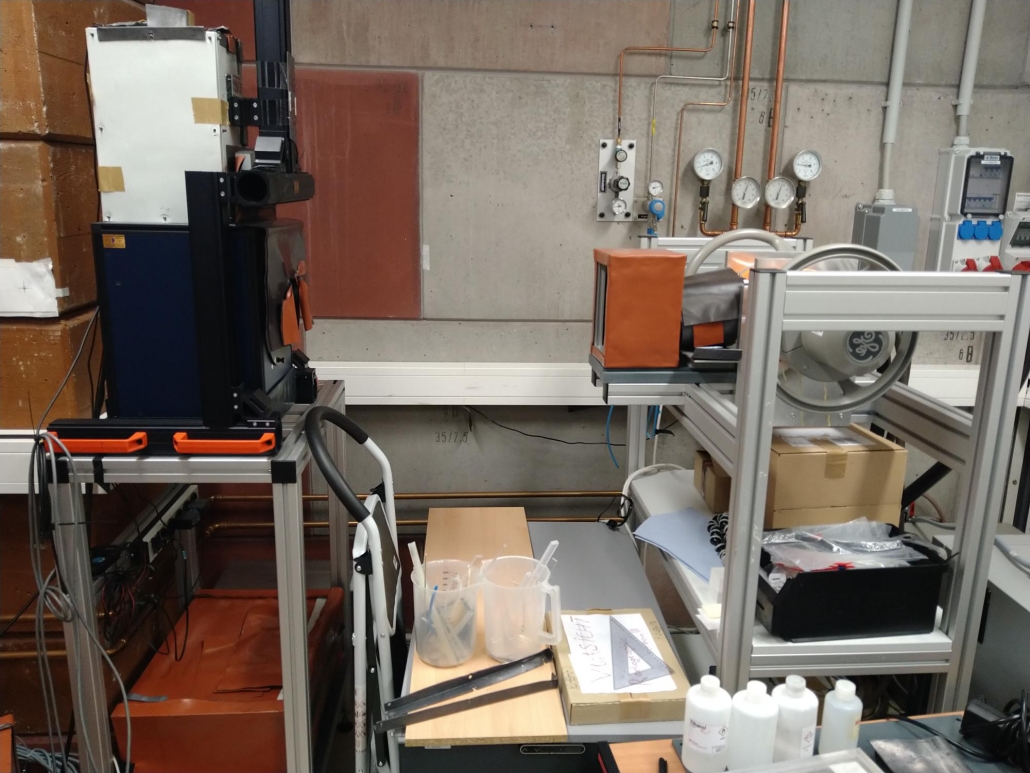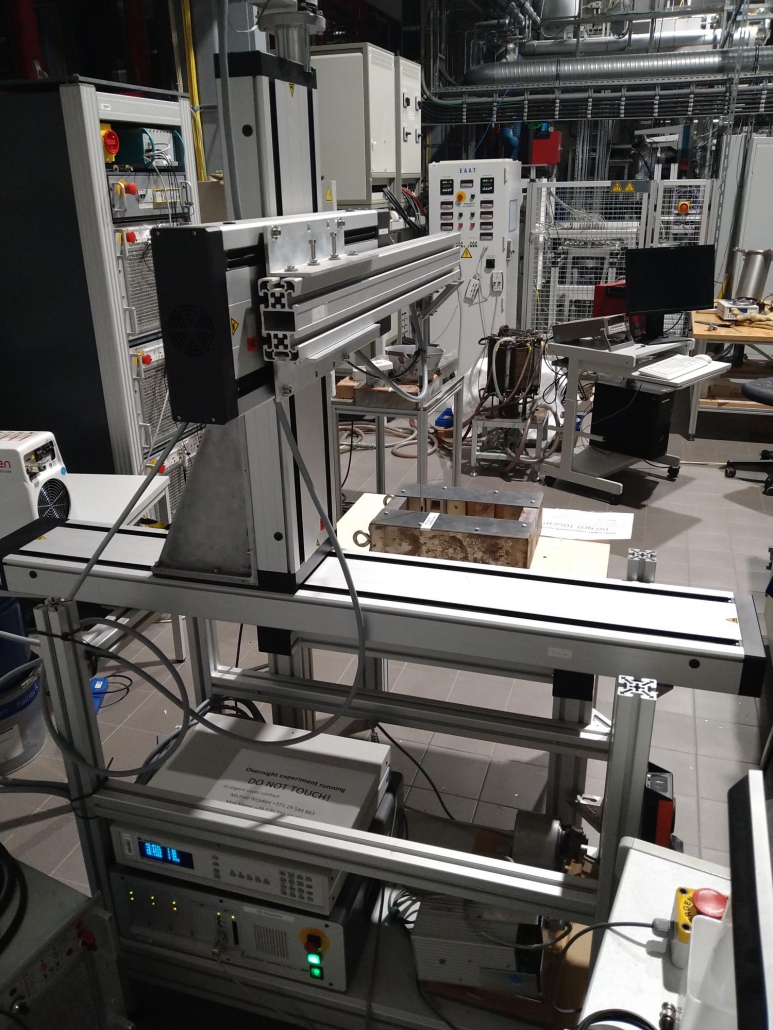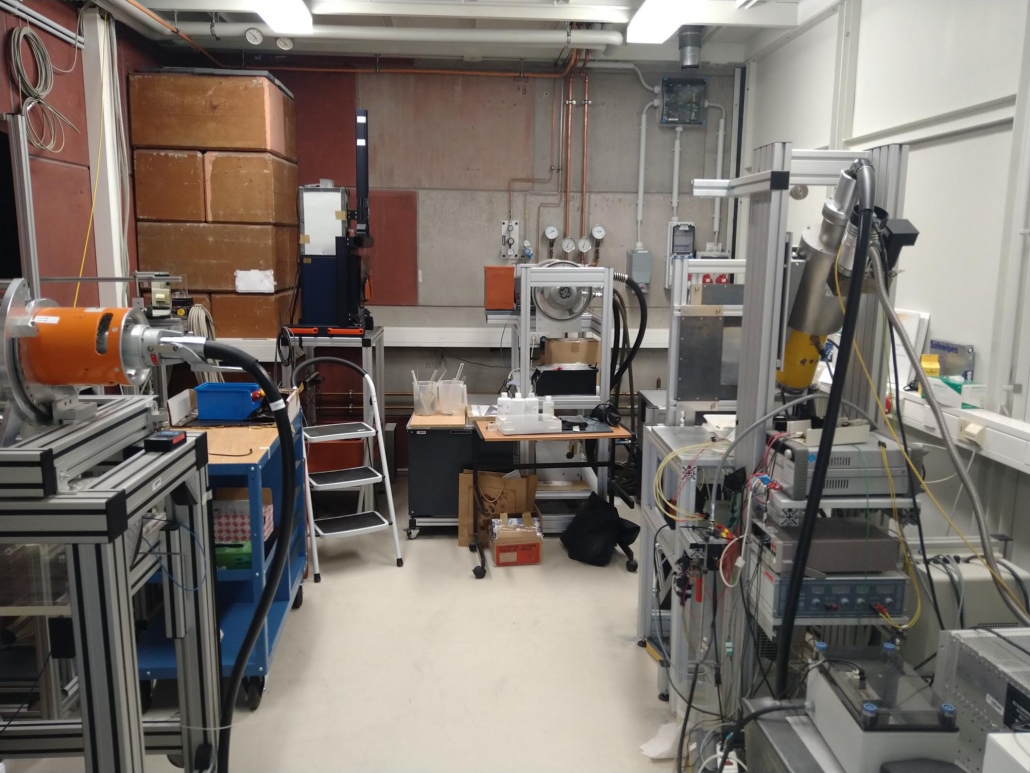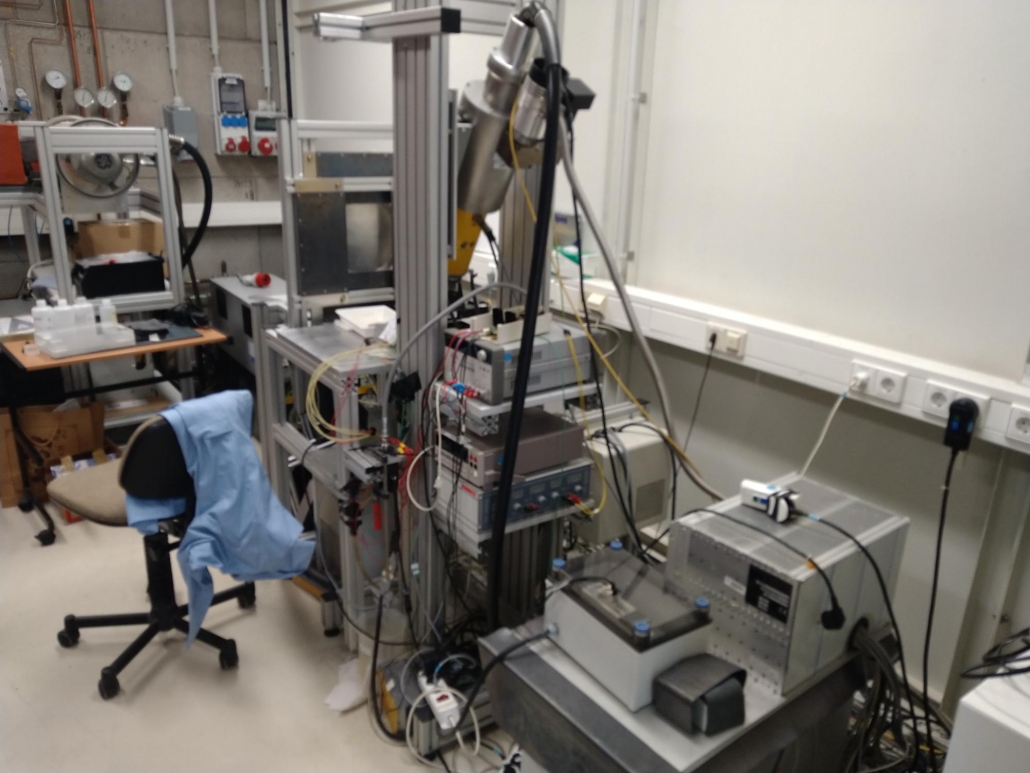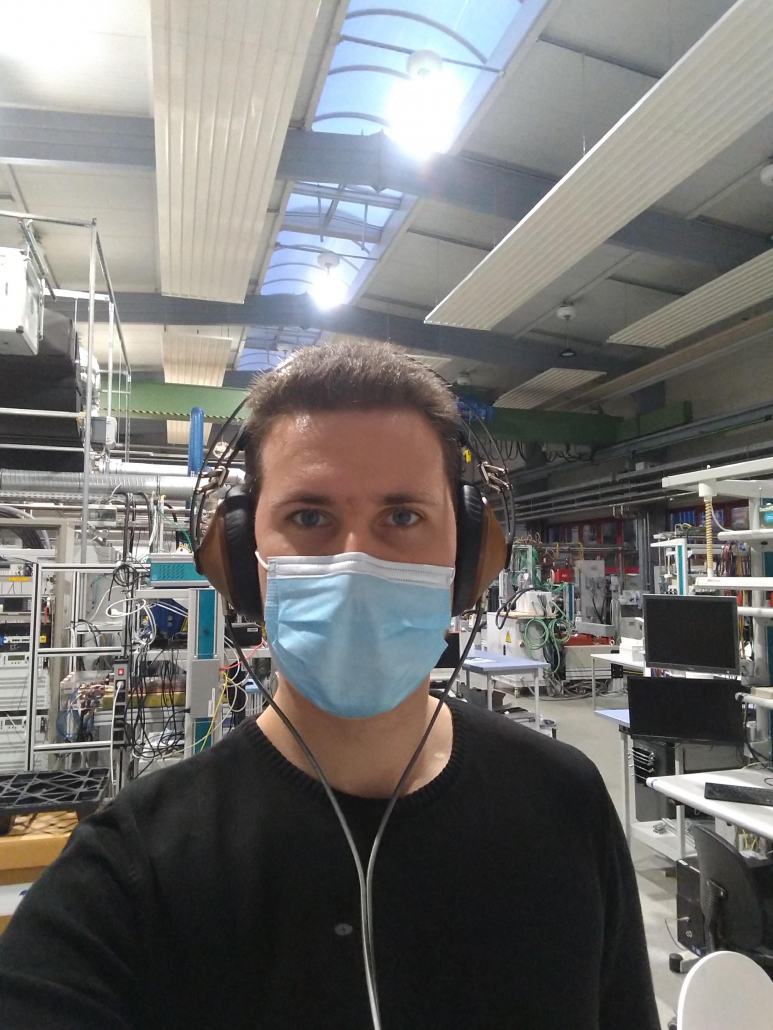X-ray radiography experiments at Helmholtz-Zentrum Dresden-Rossendorf (HZDR)
From October 23 to December 23, 2020, researcher Mihails Birjukovs from the Institute of Numerical Modelling (INM) will be a visiting researcher in Helmholtz-Zentrum Dresden-Rossendorf. Together with the local magnetohydrodynamics (MHD) group Mihails will be working on researching MHD bubble flow and mesoscale metal solidification at the Institute of Fluid Dynamics. During the visit, X-ray radiography experiments with thin (Hele-Shaw) galinstan/argon systems are going to be conducted where more geometrically confined bubble flow will be observed with and without applied magnetic field. This will supplement the neutron radiography experiment data previously obtained at the Paul Scherrer Institute (PSI).
In the experiments at PSI the researchers isolated and studied the influence of gas supply flow rate and magnetic field magnitude and orientation on bubble shapes, trajectories and velocity. While previously the interaction between just two or three bubbles was observed, the experiments at HZDR are designed to study intense bubble collective dynamics with the objective of determining the influence of the magnetic field and gas flow rate on the agglomeration, merging, splitting and collision of large numbers of bubbles. For the bubble flow systems studied during this HZDR visit, even less is known about bubble dynamics (with magnetic field effects – not at all) than is the case for the systems considered during the PSI trip of our MHD project team.
In addition, 3-component volumetric magnetometry will be done for magnetic field systems that were used in the experiments in PSI and will be used presently. Magnetometry will allow the researchers to verify that the designed and optimized magnetic field systems perform to specifications. That, in turn, will give higher credibility to the numerical models and simulations of MHD flow that reproduce experimental conditions.
This visit is a part of a 5-month partnership between HZDR and the University of Latvia. During this cooperation researchers from the Institute of Numerical Modelling, Mihails Birjukovs and Pēteris Zvejnieks, are going to develop new and improve the existing data processing tools.
This will not only continue the ongoing MHD bubble flow research at INM, but will also help HZDR researchers to derive correlations for the description of metal solidification processes at the mesoscale and the motion of particles in liquid metal, leading to a better fundamental understanding of MHD systems.

